The dream of ultra-high-speed ground transportation has taken a revolutionary leap forward with recent breakthroughs in vacuum tube maglev and superconducting technologies. What was once confined to science fiction is now inching closer to reality as engineers and physicists collaborate to overcome the final barriers to operational viability. The synergy between these two cutting-edge fields promises to redefine the future of intercity travel, cargo logistics, and even continental connectivity.
At the heart of this transportation revolution lies the fundamental principle of eliminating air resistance through evacuated tubes. By maintaining an internal pressure equivalent to altitudes above 60,000 feet, these cylindrical pathways allow vehicles to achieve unprecedented speeds without the sonic boom effects or energy losses associated with conventional high-speed rail. Recent advancements in modular tube construction and maintenance protocols have dramatically reduced implementation costs, making large-scale projects increasingly feasible from an engineering perspective.
Magnetic levitation technology has undergone its own quiet transformation. Third-generation electromagnetic suspension systems now demonstrate remarkable stability at speeds exceeding 600 mph, with vibration levels comparable to premium aircraft cabins. The breakthrough came from adaptive control algorithms that compensate for track imperfections in real-time, solving the "tolerance accumulation" problem that plagued early prototypes. These systems consume 40% less energy than previous iterations while maintaining stronger levitation forces - a critical factor for commercial viability.
Parallel developments in high-temperature superconductors have reshaped the economic calculus of maglev systems. The discovery of rare-earth barium copper oxide compounds that maintain superconducting properties at liquid nitrogen temperatures (-196°C) rather than liquid helium temperatures (-269°C) has slashed operational costs. These materials enable persistent current modes where onboard magnets require no continuous power input, only periodic refreshing of their superconducting loops. When combined with the vacuum environment's thermal stability, the energy savings become truly transformative.
The true innovation emerges from how these technologies interact within the vacuum tube ecosystem. Superconducting magnets naturally stabilize levitation through flux pinning effects, while the vacuum environment enhances thermal management of cryogenic systems. This reciprocal relationship creates what engineers call the "dual advantage loop" - each technology boosts the other's performance beyond what either could achieve independently. Computational models show this synergy could enable cruising speeds approaching 1,000 mph with energy consumption per passenger-mile rivaling electric vehicles.
Material science breakthroughs extend beyond superconductors. New carbon nanocomposite materials for vehicle structures combine the strength of titanium with the weight of aluminum, allowing larger cabin spaces without compromising acceleration dynamics. Perhaps more crucially, these materials exhibit exceptional radiation shielding properties - an important consideration when hurtling through vacuum environments where cosmic rays would otherwise pose health risks to frequent travelers.
Power delivery represents another frontier of innovation. Traditional electrified rail systems become impractical in vacuum conditions where arcing would occur. The solution emerged from contactless power transfer systems originally developed for semiconductor manufacturing. By using precisely tuned microwave beams and resonant magnetic coupling, these systems can deliver megawatts of power across vacuum gaps with 92% efficiency. This technology also enables distributed acceleration along the tube length, eliminating the need for concentrated thrust at departure points.
The human factors engineering challenges have produced equally fascinating solutions. Cabin pressurization systems now feature biomimetic algorithms that adjust oxygen partial pressure based on passenger metabolic readings, preventing the discomfort associated with rapid altitude changes. Virtual window technology projects real-time exterior views captured by external cameras, with adaptive brightness controls that maintain natural circadian rhythms during high-speed transit across time zones.
Perhaps most surprisingly, the economic models suggest these systems could achieve price parity with conventional air travel within a decade of widespread deployment. The key lies in the infrastructure's longevity - with no weather exposure and minimal mechanical wear, the tunnels and guideways may exceed century-long service lives. When amortized over such periods, the capital costs become competitive with maintaining conventional rail networks vulnerable to environmental degradation.
Environmental impact assessments reveal unexpected benefits beyond reduced carbon emissions. The land footprint for elevated vacuum tubes represents just 25% of conventional high-speed rail corridors, with minimal habitat fragmentation. The tunnels' air-tight nature makes them ideal corridors for endangered species protection zones where surface transportation would create sound pollution. Early studies suggest the systems could actually improve regional ecological connectivity when properly integrated with conservation planning.
As prototype systems enter the testing phase in several countries, the focus shifts to regulatory frameworks and international standardization. The vacuum tube environment introduces unique safety considerations, from rapid recompression protocols to novel emergency egress systems. These challenges have sparked interdisciplinary collaborations between aerospace engineers, medical researchers, and materials scientists - a convergence that may yield spin-off technologies with applications far beyond transportation.
The coming decade will likely witness the first commercial implementations along heavily trafficked corridors where the economics prove most favorable. These initial deployments will serve as living laboratories, refining the technologies for global adaptation. What began as separate revolutions in vacuum engineering, magnetic levitation, and superconductivity has coalesced into perhaps the most transformative transportation paradigm since the jet engine. The implications for global connectivity, economic geography, and sustainable development may ultimately eclipse the raw technological achievements themselves.

By /Jul 18, 2025

By /Jul 18, 2025

By /Jul 18, 2025
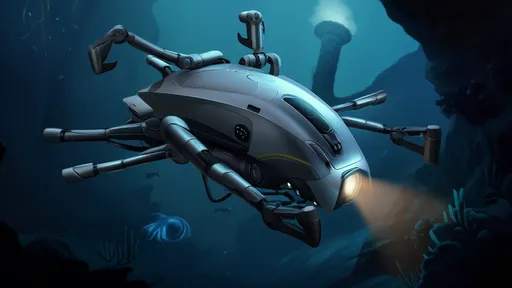
By /Jul 18, 2025

By /Jul 18, 2025
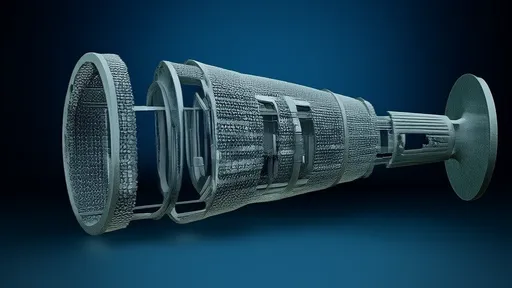
By /Jul 18, 2025

By /Jul 18, 2025

By /Jul 18, 2025
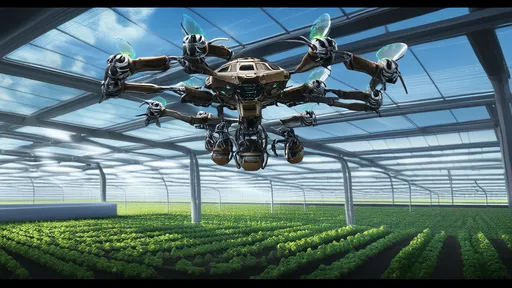
By /Jul 18, 2025

By /Jul 18, 2025

By /Jul 18, 2025
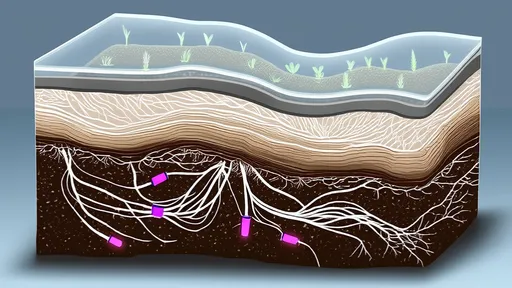
By /Jul 18, 2025

By /Jul 18, 2025

By /Jul 18, 2025
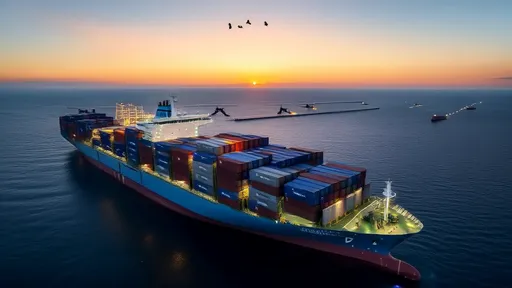
By /Jul 18, 2025
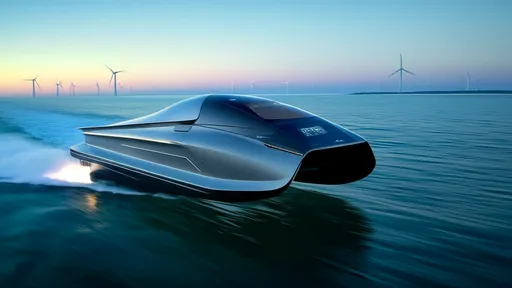
By /Jul 18, 2025
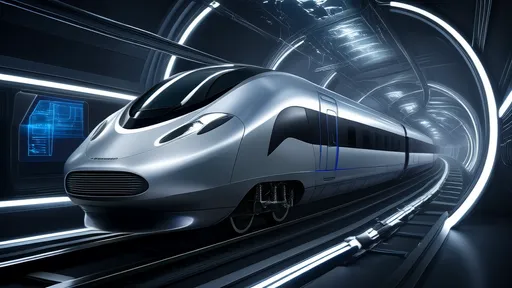
By /Jul 18, 2025
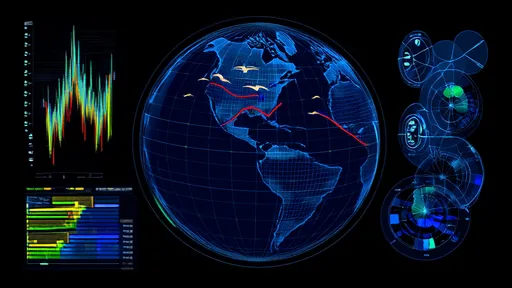
By /Jul 18, 2025